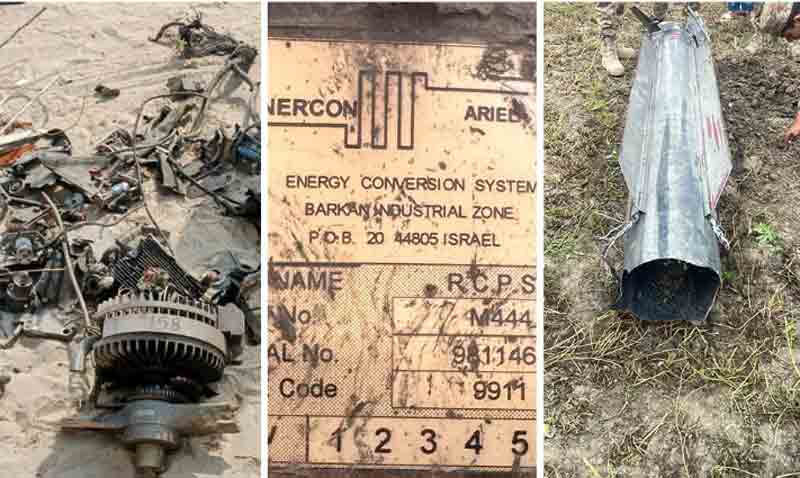The J-10 fighter jet, China’s newest fourth-generation multirole aircraft, is quickly becoming a rival to the U.S.-made F-16. In contrast to the F-16, which has long represented American geopolitical power across numerous air forces from Iraq to Taiwan, China markets the J-10 as part of a comprehensive strategy that emphasizes system-wide integration rather than just upgrades to individual platforms.
After Pakistan🇵🇰 shot down Indian🇮🇳 Rafale fighter jets using the Chinese🇨🇳 J-10C, Bengal🇧🇩 is eyeing the purchase of the combat proven J-10C.
More countries are expected to follow suit, and a huge boom awaits China’s rising defense industry. pic.twitter.com/pZD4LX9Kr4— ShanghaiPanda (@thinking_panda) May 12, 2025
Chinese defense experts assert that the J-10 does not merely mimic the capabilities of advanced Western fighters like the F-16V in aspects such as radar detection, beyond-visual-range combat, and avionics integration. Rather, it embodies a distinct military philosophy that prioritizes self-sufficiency from Western logistics and command frameworks. Pakistan’s choice to procure the J-10 highlights this transition.
Faced with U.S. limitations on F-16 upgrades and a strategic pivot towards supplying India with the exclusive F-21 variant, Islamabad found Beijing’s offer to be both technically viable and politically favorable. Unlike traditional arms sales where the aircraft is the primary focus and support systems are secondary, the J-10 is provided as a comprehensive solution—including integrated command and control systems, missile capabilities, and electronic warfare elements.
This approach facilitates quicker operational readiness and diminishes dependence on U.S.-led intelligence and maintenance networks. It shifts the focus from merely selling hardware to delivering a combat-ready solution customized to local requirements.
Crucially, this indicates a transformation in the definition of a contemporary air force. While Western strategies typically envision a lengthy institutional development spanning ten years or more, China’s proposal suggests a leapfrogging strategy—particularly when integrated with platforms such as the JF-17 Block III.
J-10 is the result of China’s bold attempt in the 1980s to catch up and prove it could independently build a world-class fighter.
Tested in real combat, J-10C outdid the French-made Rafale and can now hold its head high in the global arena. #IndiaPakistanTensions pic.twitter.com/9a3FO2clwS— Li Zexin (@XH_Lee23) May 7, 2025
Collectively, they create a modular and scalable airpower solution that is attainable for mid-tier military forces. Presently, the J-10C is not just a successful export; it represents China’s challenge to Western supremacy in airpower benchmarks and a calculated effort to redefine the operational framework.
Discover more from Defence Talks | Defense News Hub, Military Updates, Security Insights
Subscribe to get the latest posts sent to your email.





